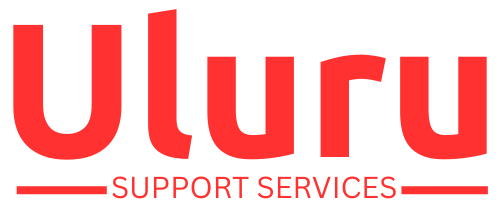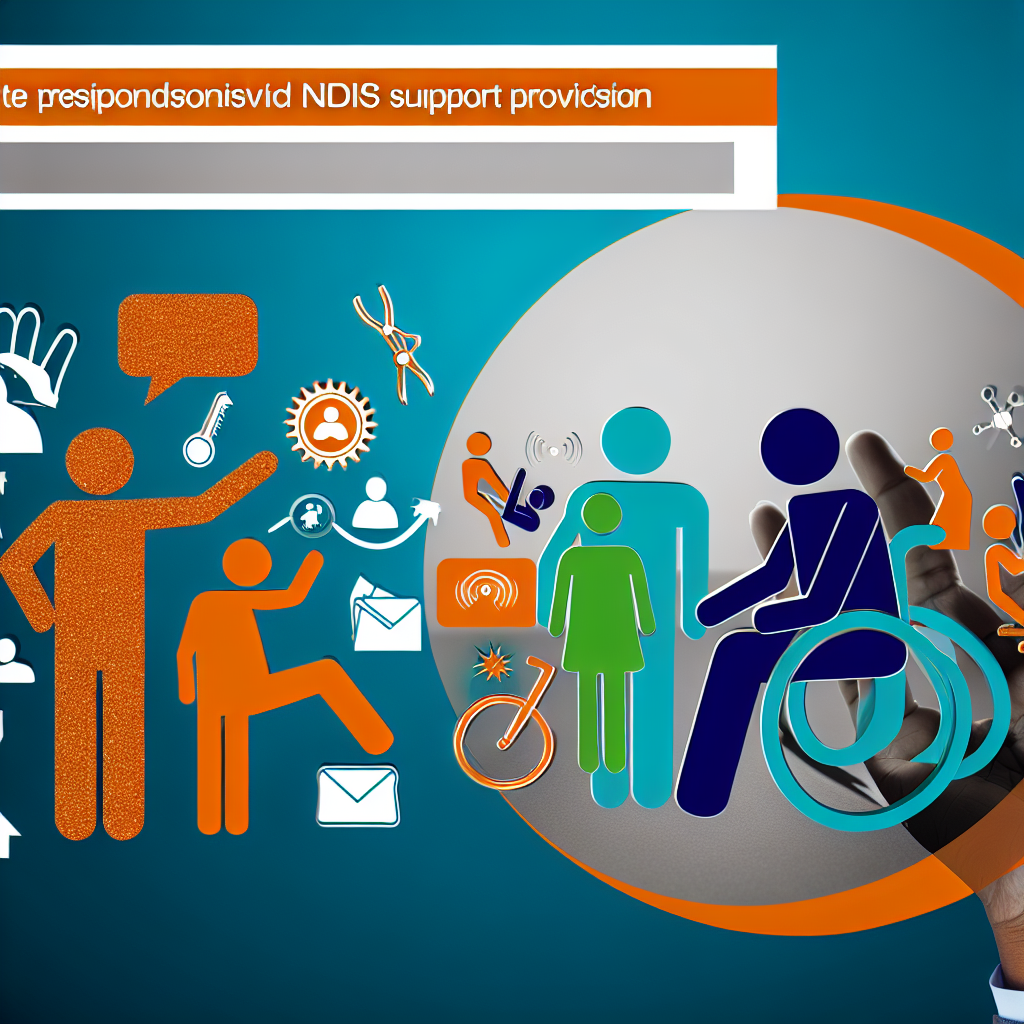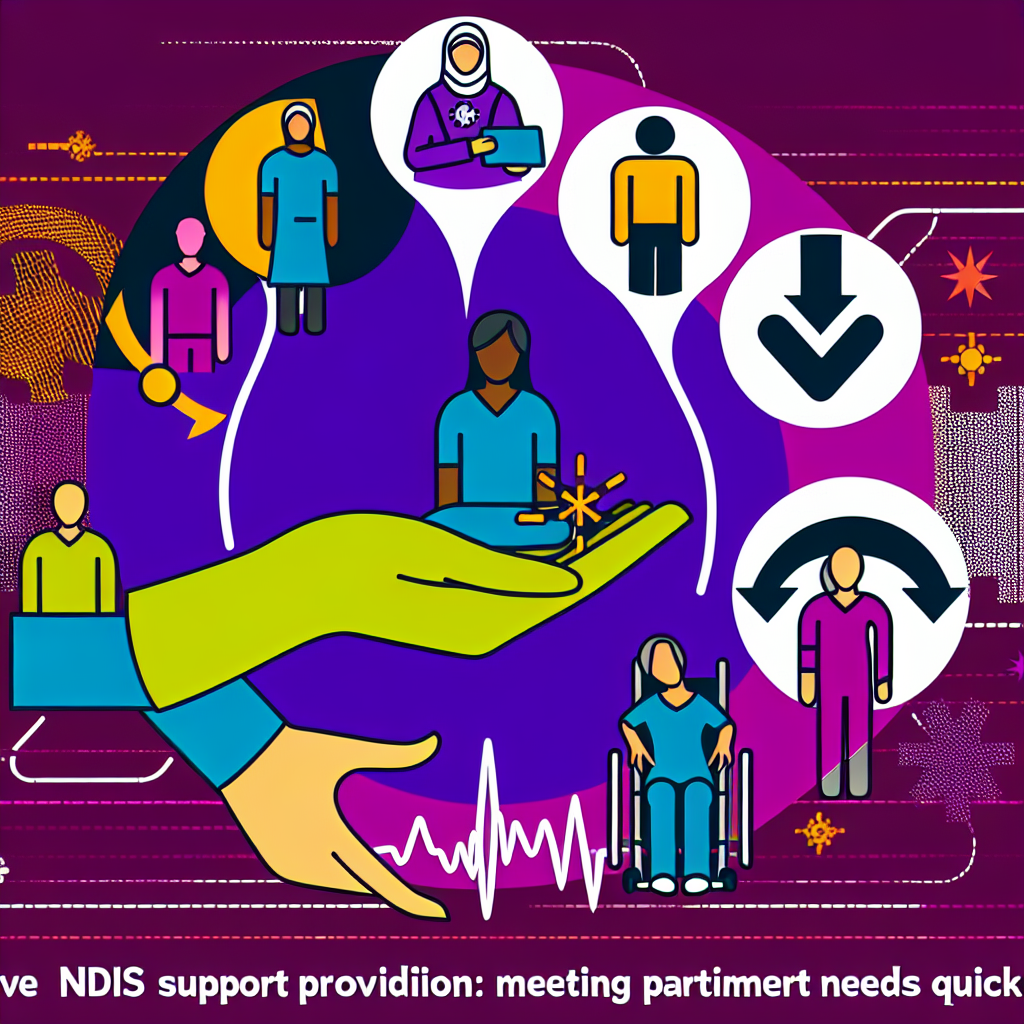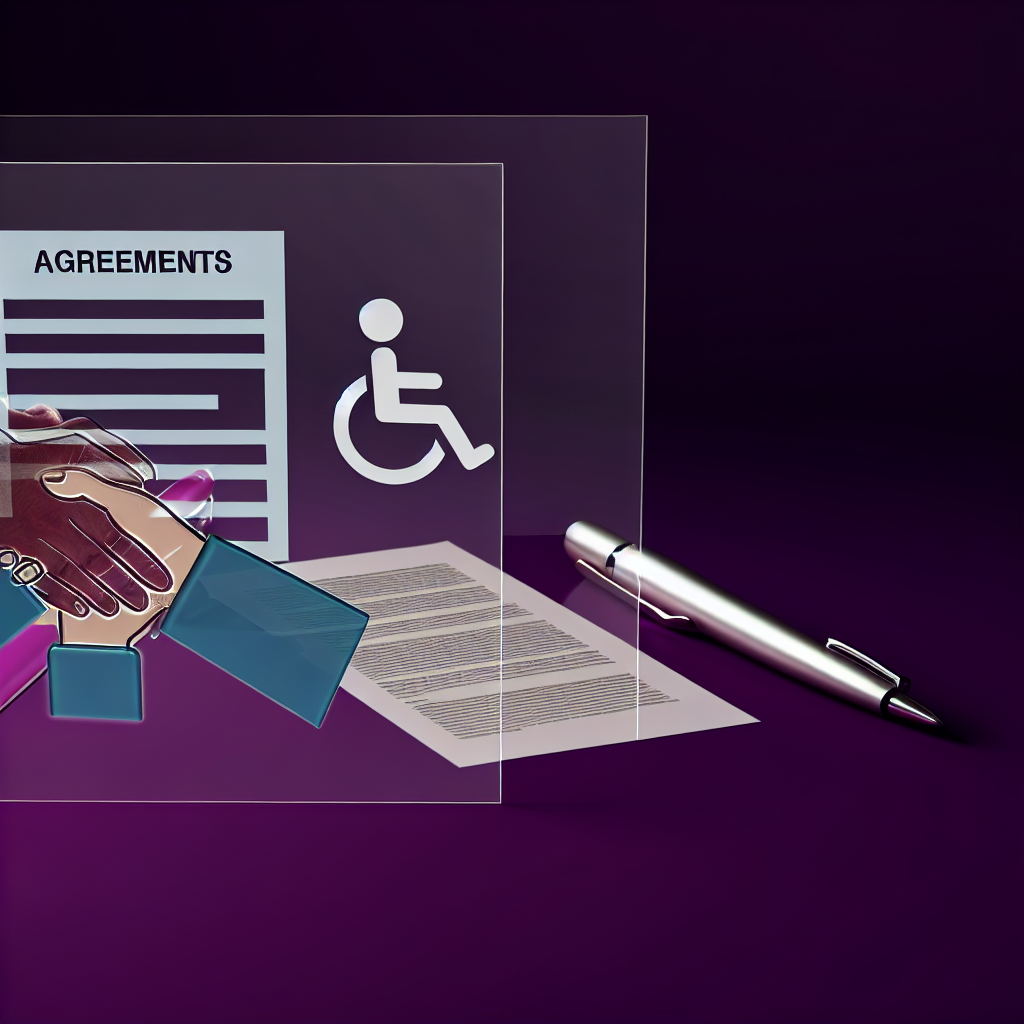Assistive technology plays a crucial role in supporting individuals with disabilities. For those in Australia enrolled in the National Disability Insurance Scheme (NDIS), understanding what assistive technologies are available and what can be funded is essential for maximizing the benefits of this program. In this blog post, we’ll explore “Assistive Technology in the NDIS: What Can You Get Funded?”
Understanding Assistive Technology in the NDIS
Assistive technology (AT) refers to any device or system that helps individuals perform tasks they might otherwise find challenging. Within the NDIS framework, assistive technology is a key component, enabling participants to achieve their personal goals and increase their independence and inclusion in society.
Categories of Assistive Technology Funded by the NDIS
Assistive technology supported by the NDIS can be broadly categorized into the following:
- Personal Mobility Equipment: This includes wheelchairs, walking aids, and scooters that help with mobility.
- Communication Equipment: Devices such as speech-generating devices, hearing aids, and communication boards.
- Personal Care and Safety: Home modifications, safety equipment, and personal care aids that assist with daily activities and ensure safety at home.
- Vision and Hearing Equipment: This category includes items like screen readers for vision impairment and assistive listening devices.
- Vehicles and Transport: Modifications to vehicles to allow easier access and driving for individuals with disabilities.
What Assistive Technology Can Be Funded?
Eligibility for Funding
To be eligible for assistive technology funding under the NDIS, participants must demonstrate that the technology is linked to their disability and necessary for supporting the achievement of personal goals. The request for assistive technology must also be considered “reasonable and necessary” according to NDIS criteria. This means that the technology:
- Must relate directly to the participant’s disability.
- Should assist in achieving the participant’s NDIS goals.
- Needs to represent value for money.
- Should not be provided by other support systems, such as health or education.
The Application Process
Applying for assistive technology funding under the NDIS involves several steps:
- Assessment: A professional assessment, often from an occupational therapist, is typically required to determine the type and level of technology needed.
- Quotation: Obtain quotes for the technology. This is necessary for NDIS planning and budgeting.
- Approval: Submit the application along with the assessment and quotes to the NDIS for approval.
- Purchase: Once approved, the participant can proceed to purchase the equipment and claim reimbursement.
Examples of Funded Assistive Technologies
Personal Mobility Aids
Whether it’s a powered wheelchair or a custom-fitted manual wheelchair, mobility aids are critical for those with physical disabilities. For instance, John, an NDIS participant with spinal cord injuries, received funding for a motorized wheelchair, which significantly enhanced his independence and quality of life.
Communication Devices
Individuals with speech or hearing impairments can access devices such as speech-generating machines and hearing aids. Sarah, an NDIS participant with hearing impairments, was funded for a state-of-the-art hearing aid that improved her social interactions and work capabilities.
Home and Daily Living Aids
Enhancements such as ramps, bathroom modifications, and specialized furniture can be funded under the NDIS. For example, Paul, who uses a wheelchair, received funding to modify his home with ramps and an accessible bathroom, allowing for greater independence in daily tasks.
Conclusion
The NDIS provides robust support for Australian citizens living with disabilities, and assistive technology is a crucial component of this support system. Understanding what assistive technologies are eligible for funding, and how to go about obtaining them, is essential for participants seeking to improve their quality of life and achieve greater independence. By navigating the eligibility requirements and application processes, NDIS participants can effectively leverage assistive technology to enhance their daily living and reach their personal goals.
For more detailed information and guidance, reaching out to NDIS support coordinators or accessing the official NDIS website can provide additional insights tailored to individual needs.




